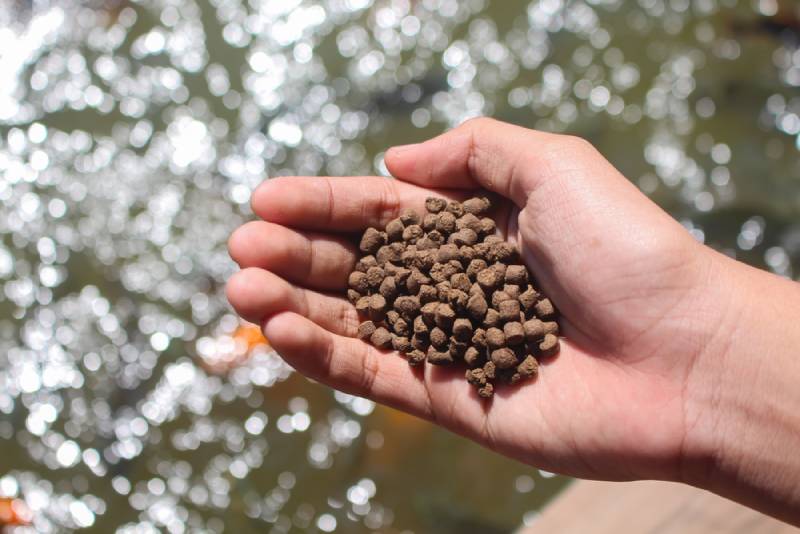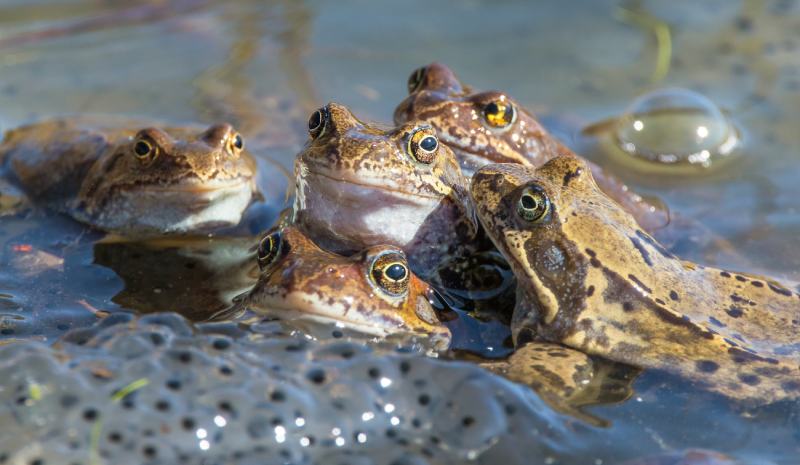What to Feed Frogs: 8 Vet-Approved Food Ideas

Updated on
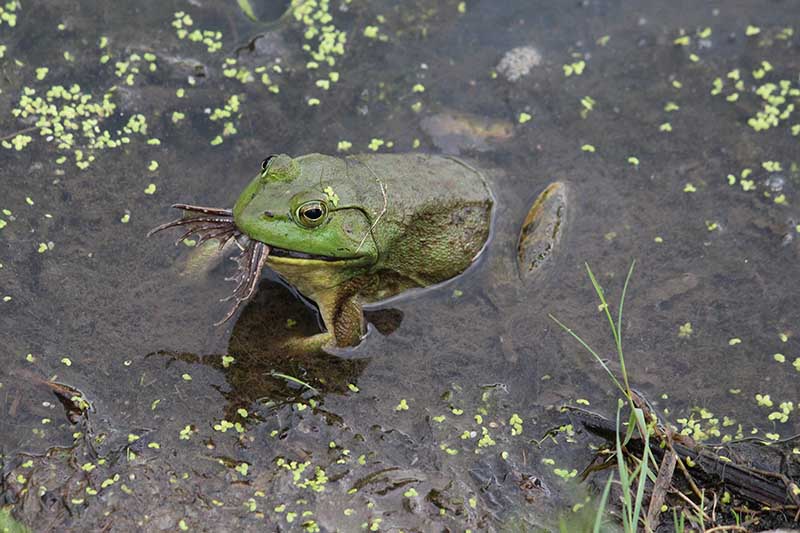
Frogs are predators and can’t survive on prepackaged kibble as your pet dog can. Instead, they mainly live off various insects that you’re likely to find in their natural habitat.
When developing a diet for your frog, selecting insects they would typically eat in the wild is best. So, let’s look at precisely what you should feed your frog to keep them happy and healthy!
Before You Start
Each species will have a different diet but generally frogs in the wild eat a variety of insects to meet their nutritional needs. When they are in captivity, they don’t have as many options, so it will be up to you to ensure they get everything they need.
Before you feed your frog, you can increase the nutritional value of the insects you offer them by “gut loading.” Insects in captivity are usually bred quickly and in large quantities, so they lack the proper nutrition. To rectify this, you can feed the insects nutritious food for around 24–48 hours before they are to be eaten, thus making them more nutritious.
You can also buy supplements to ensure your frog gets all the necessary vitamins and minerals. You will add these supplements to the food by dusting them onto it before it’s eaten. However, you should check with your veterinarian before adding supplements to your pet’s diet to ensure they’re suitable.
The 8 Food Ideas to Feed to Frogs
1. Crickets
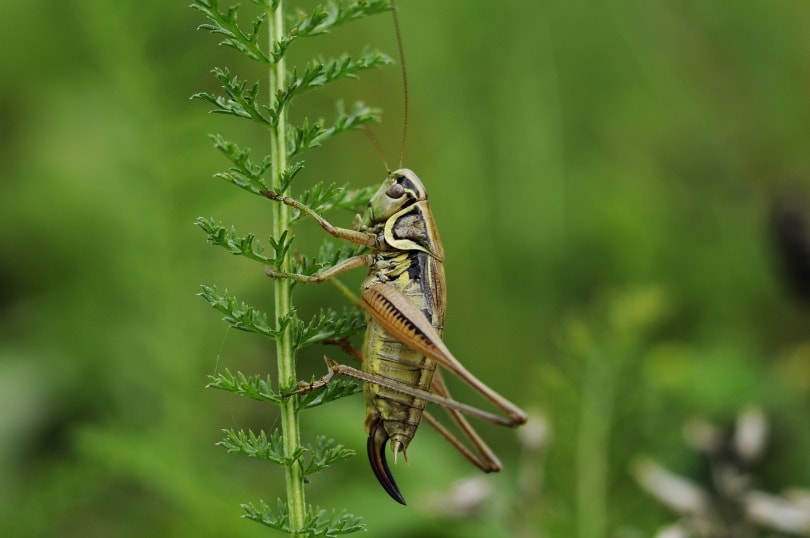
Crickets can generally be found in your local pet store and are considered one of the healthiest options for your frog. They’re also easy insects to find because they’re readily available at stores and are the simplest to raise at home. Just make sure you gut-load them before offering them to your hungry frog!
2. Worms & Larvae
Earthworms and redworms are excellent choices and can be found in bait and tackle shops. Mealworms and superworms can be sourced locally from your pet store or online; despite their names, they are not worms. Instead, they are larvae. It’s important to note that they are both known to have a high amount of chitin, making them trickier to digest. This means feeding your frog on these exclusively can result in constipation and other digestive problems. They will also need to be gut loaded.
Waxworms can also be offered to your frog as a treat since they contain more fat than other larvae. If your frog eats too many, it can lead to obesity. Black worms, bloodworms, and brine shrimp can also be given to aquatic frogs.
3. Flies
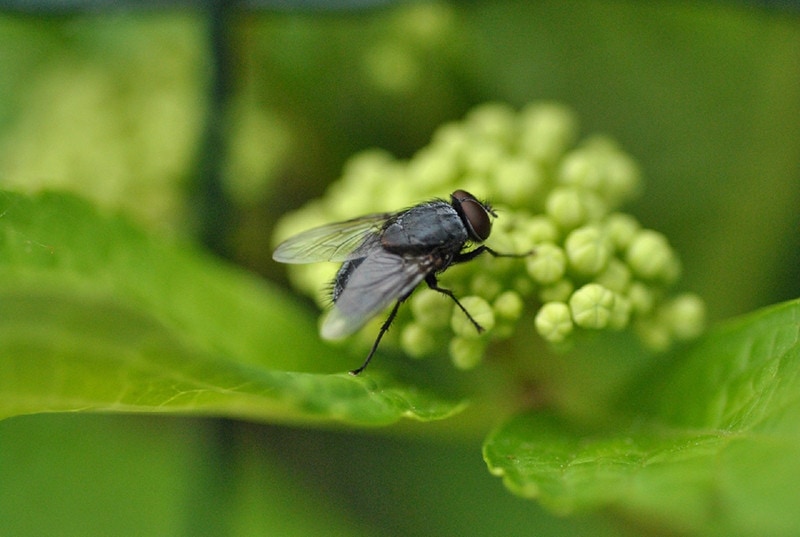
For smaller frog species like dart frogs, fruit flies are a fantastic option as they are a sustainable food source and can be raised at home. Recently, Black Soldier flies have become easier to source online. They are high in calcium and reproduce so quickly that you can keep an almost constant supply when raising them at home.
4. Mice
Mice are an excellent option for larger frogs like the African bullfrog. However, be sure to feed them in moderation, as too many can result in obesity. They can be fed newborn mice (also known as “pinkies”), which you can buy frozen or live. Most frogs prefer mice to be alive, however. If the idea of feeding your frog live mice makes you squeamish, you can select a smaller frog species.
5. Caterpillars

Caterpillars are readily available in most local pet stores. When picking one, make sure you choose the appropriate size, as some can be quite large, which can pose a choking hazard if your frog is on the small side!
6. Grasshoppers & Locusts
Grasshoppers and locusts can be tricky to find in pet stores, but they are worth searching for since they are nutritiously rich. You’ll likely have more luck ordering the insects from an online retailer.
7. Dubia Roaches

Dubia roaches are a great option if you want to raise the food at home, as they are easy to breed. Also, they’re more nutritious than crickets and other common feeder insects.
8. Commercial Diets
Commercial diets will provide your frog with vitamins and minerals they won’t generally find in live prey. You can find pellets and powders for tadpoles and adult frogs, but depending on the species, most of your frog’s diet will consist of insects, namely crickets. Some companies make formulations specifically for tree frogs and Pacman frogs.
Frequently Asked Questions
How Often Should You Feed Your Pet Frog?
The answer will depend on their age and species, so the best course of action is to speak to your veterinarian to decide what works best for your frog. High-energy species, like Dwarf frogs or young froglets under 16 weeks old, will need more food than others. That could mean feeding them every day.
Generally, you’ll feed your frog every other day or every third day. An excellent way to ensure they are eating enough is to offer them as many insects as they can eat in 15 seconds, and once this time is up, remove the insects that are left over.
How Do You Know If Something Is Too Big for Your Frog to Eat?
Choosing insects that are the appropriate size for your frog is vital because frogs swallow their food whole. Choose food no larger than the width of your frog’s head; if something is too large, it can get stuck in their throat or intestines.
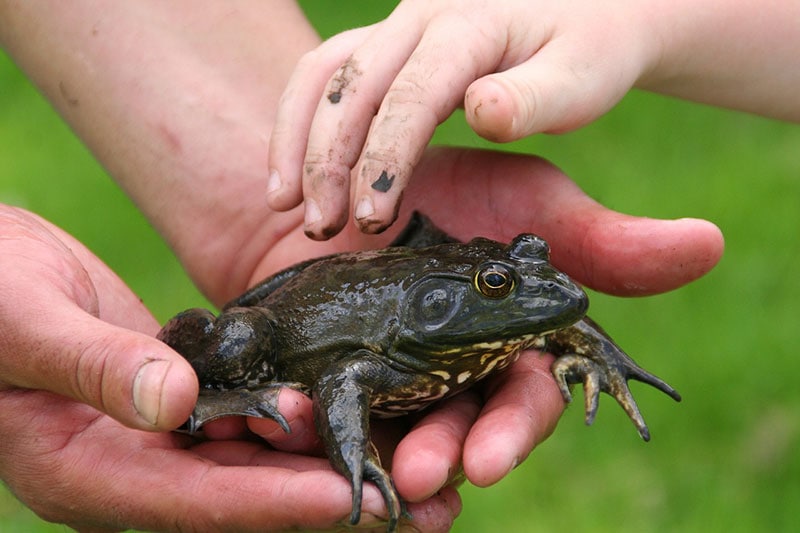
What Can You Not Feed Your Pet Frog?
You should never offer your frog human food since it can lead to nutritional disease, and although some commercial diets for other species look similar to frog food, avoid feeding fish food or any formula for another reptile or animal.
Conclusion
In the wild, a frog’s diet is varied and nutritionally rich, which means there is some pressure on you as their new pet parent to ensure their needs are met in the same way. Although the diet will vary depending on the species, most frogs should consume crickets and other nutritious insects for their daily meals. Commercial food can also be added, but it’s most beneficial to tadpoles and young frogs until they’re large enough to consume insects. Your veterinarian can help you determine the right balance of insects, supplements, and commercial food to feed your frog.
Related Read:
- Can Pacman Frogs Eat Superworms? Vet-Reviewed Facts & Tips
- Can Frogs Eat Mealworms? Vet-Approved Nutrition Guidelines
Featured Image Credit: Abigail Barhorst, Shutterstock



